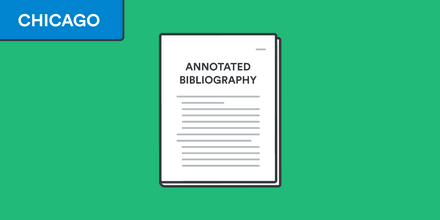
In this post, we explore the most commonly used citation styles for political science. We cover Chicago, MLA, APSA, APA, and Turabian, and provide examples and extra resources for each style.
#1 Chicago
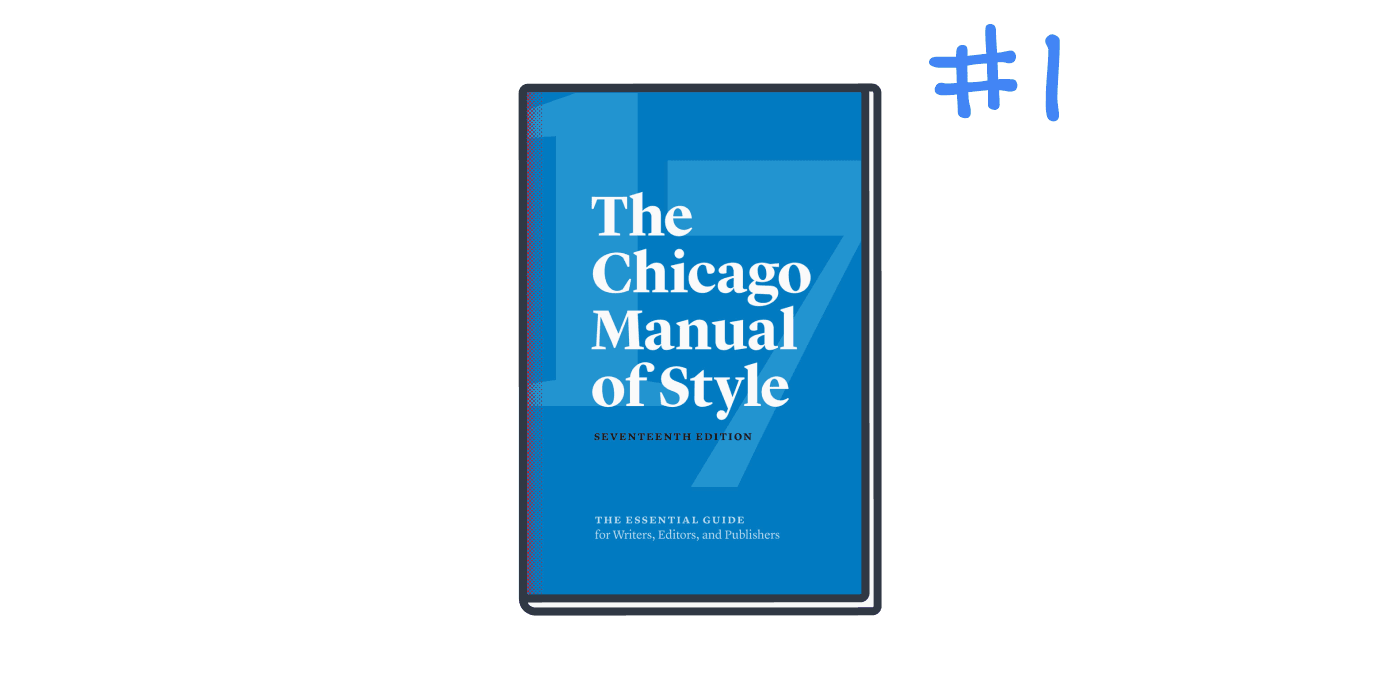
Chicago style has two systems: footnotes and bibliography and author-date. In the notes and bibliography system, sources are cited in numbered footnotes or endnotes in the text and listed in a separate bibliography.
The author-date system uses parenthetical citations for in-text references, in which the author’s last name and the source’s publication date are placed in parentheses.
Chicago style examples
Here is an example of an in-text citation in the Chicago author-date style:
Each in-text citation corresponds to a full citation listed in a bibliography at the end of the paper. Here is an example of a bibliography entry in Chicago style:
Brynjolfsson, Erik, John Horton, Adam Ozimek, Daniel Rock, Garima Sharma, and Hong-Yi TuYe. 2020. “COVID-19 and Remote Work: An Early Look at US Data.” Cambridge, MA: National Bureau of Economic Research.
Chicago style resources
🌐 Official Chicago style guidelines
#2 MLA
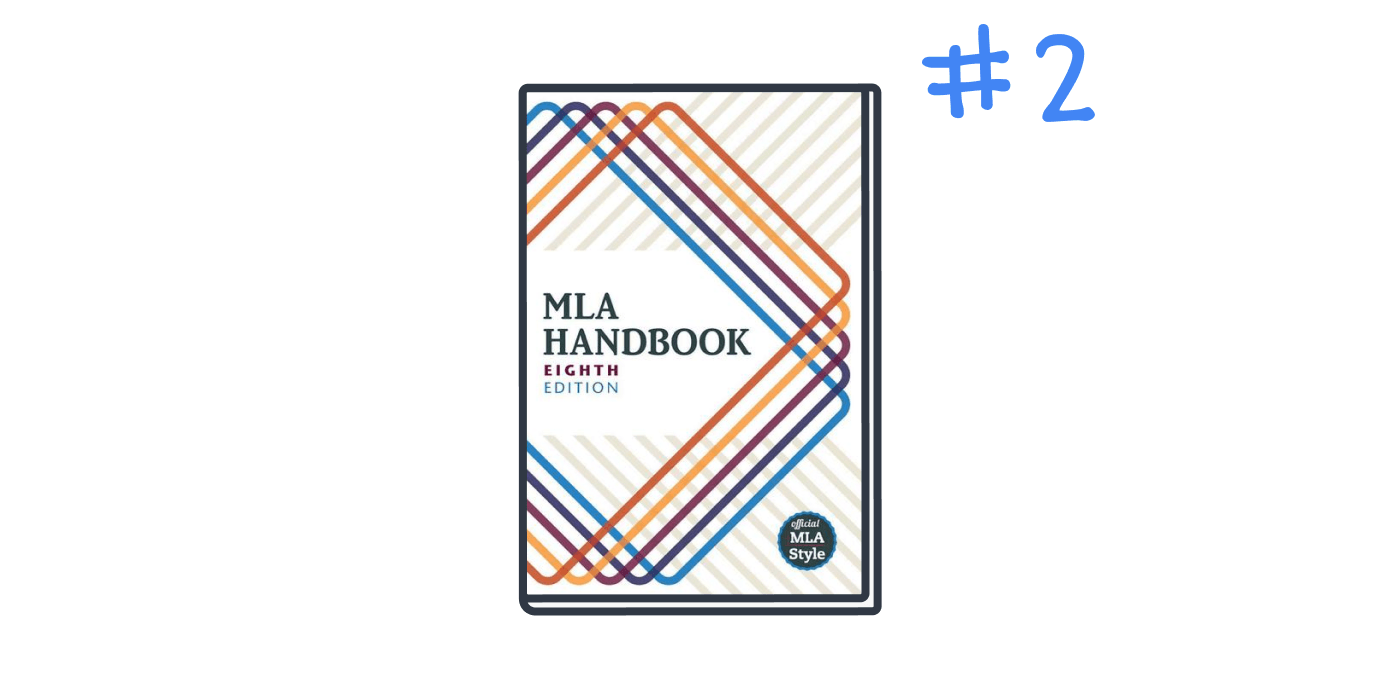
MLA style is commonly used in the humanities, as well as in some social science fields like political science. Like the Chicago author-date style, MLA uses parenthetical citations for in-text references.
However, in MLA, you should include the author’s last name and the page number of the borrowed material in the parentheses. A bibliography in MLA style is called a Works Cited page.
MLA style examples
Here is an example of an in-text citation in MLA style:
Administrative development is still taking place in many third world countries (Bonnett).
The full details of a citation are added at the end of the paper in the Works Cited list. A complete citation in MLA will feature the author’s name, the title of the source, the edition (if applicable), publication date, and more. Here is an example of a Works Cited entry in MLA style:
Bonnett, Alastair. The Idea of the West: Culture, Politics and History. London, England: Red Globe Press, 2004. Print
MLA style resources
🌐 Official MLA style guidelines
#3 APSA
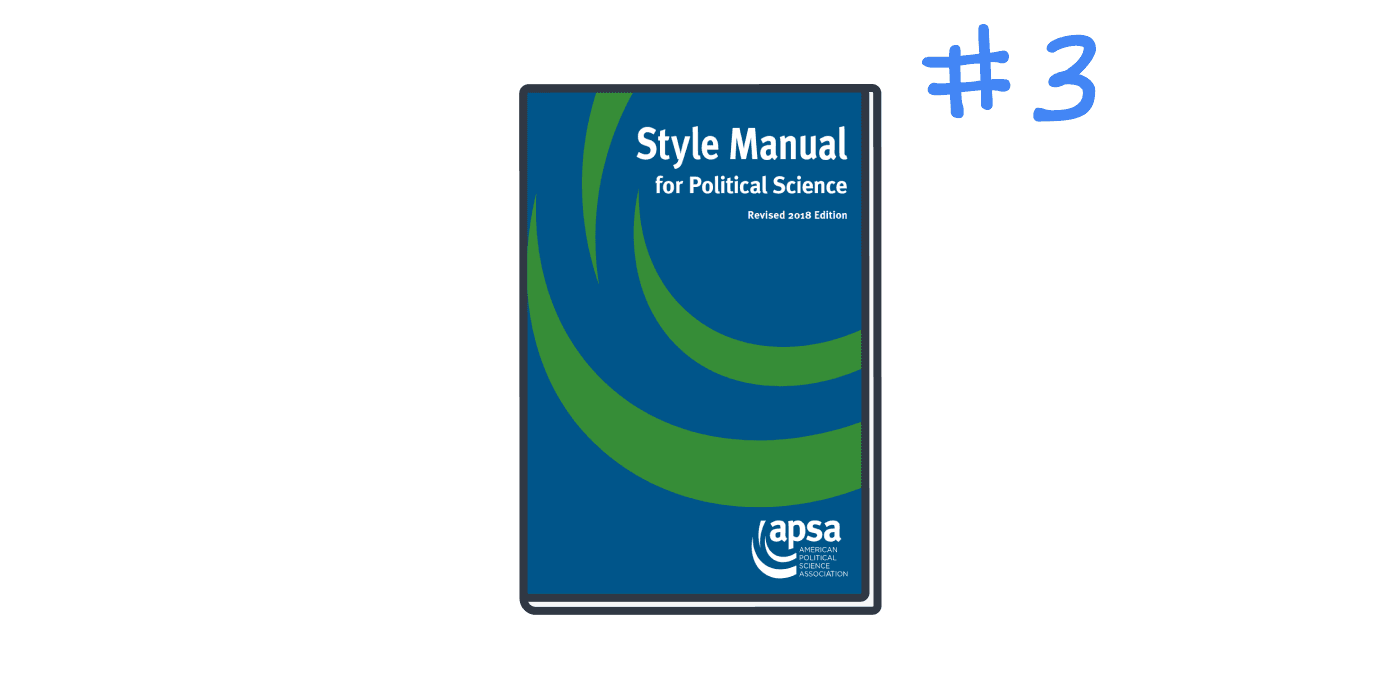
APSA style is a variation of Chicago style. APSA uses the author-date format, but footnotes are allowed in some instances.
APSA style examples
Here is an example of an APSA in-text citation:
The government plays a role in the expansion of the workforce (Bonnett 2004).
Full bibliographic citations, include all of the same details as a citation in Chicago style. Sources should be listed in a References page at the end of the paper. Here is an example of a full bibliographic reference in APSA style:
Bonnett, Alastair. 2004. The Idea of the West: Culture, Politics and History. London, England: Red Globe Press.
APSA style resources
🌐 Official APSA style guidelines
#4 APA
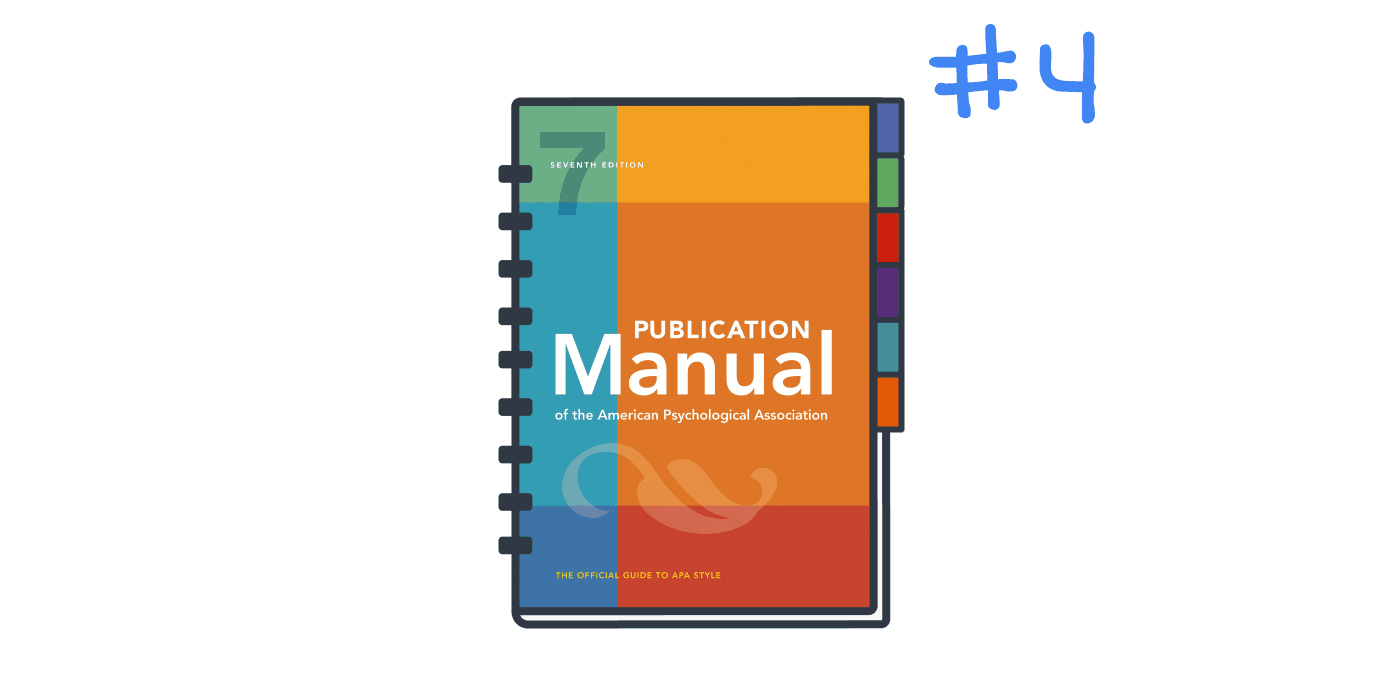
Political science papers can also use APA style for citations. APA is another author-date style. A typical APA in-text citation will contain the last name of the author and the publication date in parenthesis, separated by a comma.
APA style examples
Here is an in-text citation in APA style:
Inequality may be the biggest political challenge of this age (Phillips, 2017).
A full citation includes additional information such as the place of publication, journal titles, and more. Here is an example of a full bibliographic reference in APA style:
Phillips, N. (2017). Power and inequality in the global political economy. International Affairs, 93(2), 429–444.
APA style resources
🌐 Official APA style guidelines
#5 Turabian
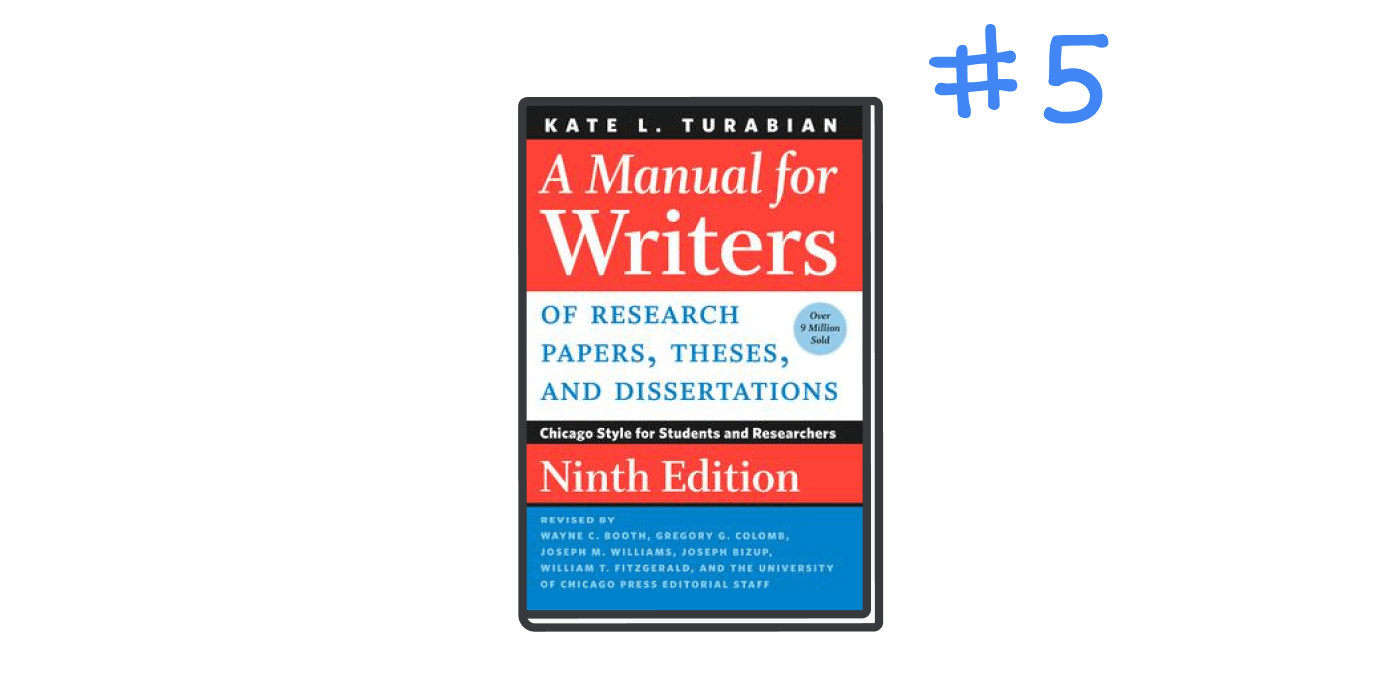
Turabian style is an adaptation of Chicago style. Its method is more student-friendly than Chicago, but Turabian citations include essentially the same information as Chicago citations.
Turabian style examples
Here is an example of an in-text citation in Turabian style:
Trends of inequality can be traced all over the globe through a significant collection of scholarly research (Phillips 2017).
Turabian in-text citations correspond to a bibliography that includes the full publication information for each source. Here is an example of a bibliography entry in Turabian style:
Phillips, Nicola. 2017. “Power and Inequality in the Global Political Economy.” International Affairs 93, no. 2: 429–44.
Turabian style resources
🌐 Official Turabian style guides
Frequently Asked Questions about citation styles for political science
✍️ Does political science use MLA or APA?
Political science uses both MLA and APA. If you’re unsure which citation style to use, be sure to check your assignment guidelines.
🔥 Which is better MLA or APA for political science?
Neither APA nor MLA is better. Each style has its strengths, depending on the format and subject of your paper. Be sure to follow your instructor’s specific citation guidelines when you’re writing a political science paper.
📑 What is APSA style in political science?
APSA style is the official style of the American Political Science Association. It follows the same author-date format as Chicago style.
🌱 What citation does political science use?
Papers in political science may use Chicago, MLA, APSA, APA, or Turabian style.
🕵🏻♀️ What is the easiest referencing style for political science?
APA and MLA are commonly considered to be the most straightforward citation styles for political science.


